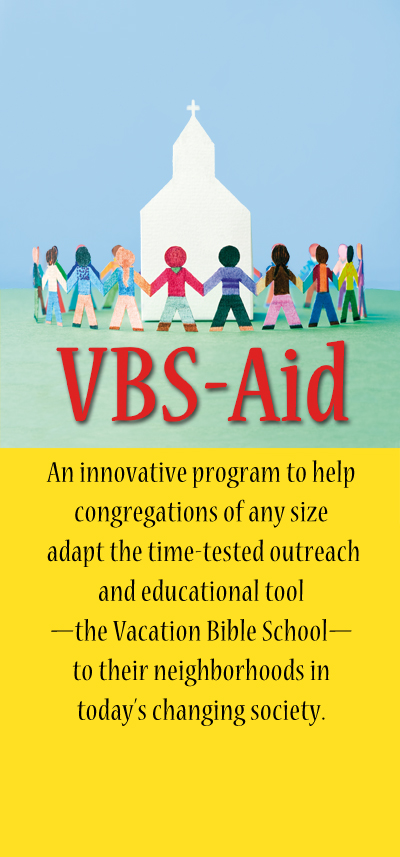2×2 was recently in conversation with a pastor researching the concept of team ministry. He was interested in our VBS-aid program.
 Team Ministry is a concept which we think must be explored. It answers many of the challenges small churches face and has great promise. The problem is that it flies against the tradition of the entire parish life revolving around the congregation’s relationship with one pastor (and adding more pastors only as the congregation grows). This age-old model of the church is foundering because small churches cannot afford the salaries all pastors expect, regardless of the number of people supporting a ministry.
Team Ministry is a concept which we think must be explored. It answers many of the challenges small churches face and has great promise. The problem is that it flies against the tradition of the entire parish life revolving around the congregation’s relationship with one pastor (and adding more pastors only as the congregation grows). This age-old model of the church is foundering because small churches cannot afford the salaries all pastors expect, regardless of the number of people supporting a ministry.
The modern era faces another challenge which team ministries can address. Modern ministry requires leadership with multiple skill sets. It is not likely that any congregation, much less the smaller congregations, will find one pastor who can provide all the services they need.
Team ministry is worth exploring for any mission-minded congregations, but especially for those who fear they have no future.
They may face some obstacles. Pastors may feel threatened by outsiders influencing their parish. Congregations might share some distrust. Programs like this aren’t in the current budgets and congregations may be hesitant to fund something “different.”
VBS-aid is an ideal way to give team ministry a try. VBS-aid trains teams of 4-8 people to travel to several churches during the summer to provide leadership for Bible School outreach programs. The program calls for the congregation and its leadership to work with the team to do upfront recruitment and to put a fall program in place so that there is a reason for VBS newcomers to return. VBS-aid pledges to work and help train congregation members, so that the congregation grows its skills while they have some hands-on help to get them started.
Congregations will work with VBS-aid for about two months — preparation, training and recruitment; the two-week Bible School, and follow up. Then they are gone — until next year, if the congregation liked the program. VBS-aid connects congregations, church camps, seminaries, and the community. A lot of talents and skills are made available for a minimal investment ($5000-$7500 — far less than it would cost to hire and train part- or full-time help). The congregation will have had a taste for team ministry and may begin to think of other ways to team with the greater church and the community in mission.
We encourage congregations to visit (www.vbsaid.com) and start to think if the summer of 2012 might be the summer to get your feet wet with team ministry. Talk about it in your congregation and plan to budget for it now. Contact us for more information. We will be glad to make a presentation to your congregational leaders.
